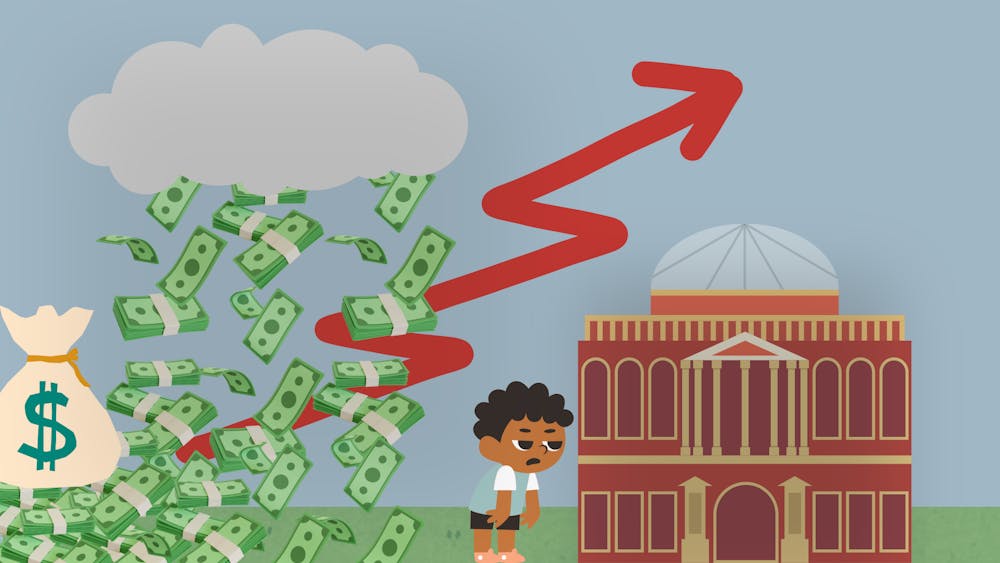When I first glimpsed my bill for the upcoming 2025-2026 school year at Seton Hall (SHU), I nearly fainted.
The total cost was listed at around $74,000—enough to buy a car or put a down payment on a decent-sized house. Even though I was awarded university scholarships to help offset the price, my personal contribution was still quite high, totaling approximately $25,000.
This price tag haunted me for months until my successful enrollment, and it still plagues me every day as I seek ways to cover my upcoming bill next semester.
I am confident that I am not the only student stressed over tuition costs. According to the Office of the Bursar on the SHU webpage, the average flat tuition rate at SHU for the current school year is $52,150, about $26,075 per semester, with an average of another $18,000 added on for room and board if living on campus. This calculation does not include additional costs needed for students, like health insurance, technology, etc.
Just last year, the tuition was $50,380, about $25,190 per semester. The $2,000 difference does not appear at face value to be much of an increase; however, since the majority of college students are utilizing loans to cover tuition, this extra $2,000 is needed for students to apply and pay back with interest in student loans.
When compared with other universities, you can clearly see the stark contrast in SHU tuition rates and similar competitive universities.
The College of New Jersey (TCNJ), a state university, is similar in size to SHU, charges $29,424.24, about $14,712.12 per semester, in undergraduate tuition for this current 2025-2026 school year, with room and board being more variable but averaging around $9,000 per semester.
This comes to a grand total of around $47,424.24, in comparison to SHU’s more than $70,000 bill for tuition plus room and board. This is an approximate $23,000 difference between the two universities. Since these differences are between a public and private university, it could account for SHU’s significantly higher price tag.
However, SHU has higher tuition rates than other private universities in New Jersey. Fairleigh Dickinson University charges undergraduates who live on campus $37,364 for tuition for the entire 2025-2026 school year. Housing and meals add approximately $16,000, and even including additional fees for technology, books and supplies, etc., the total is only $61,414. This is more than $10,000 less than what SHU is charging its undergraduate students.
It is difficult to make a definitive statement about whether SHU tuition rates are disproportionately higher than those of its peers or if it is simply a reflection of the superior educational and career-oriented opportunities that SHU offers its students and ultimately graduates.
Ultimately, the decision to attend SHU comes down to a student’s personal values and whether they believe the price tag is worth the possible benefits.
Students can apply for additional special scholarships to help with tuition costs through the SHU website. These scholarships include the Alumni Legacy Scholarship and the Martin Luther King Jr. Scholarship.
Even though I have access to numerous scholarship opportunities to cover the cost, the amount needed to bridge the gap to full tuition at SHU is especially hard to manage.
Zahyrah Lindsay is a writer for The Setonian’s Opinion section. She can be reached at zahyrah.lindsay@student.shu.edu.





